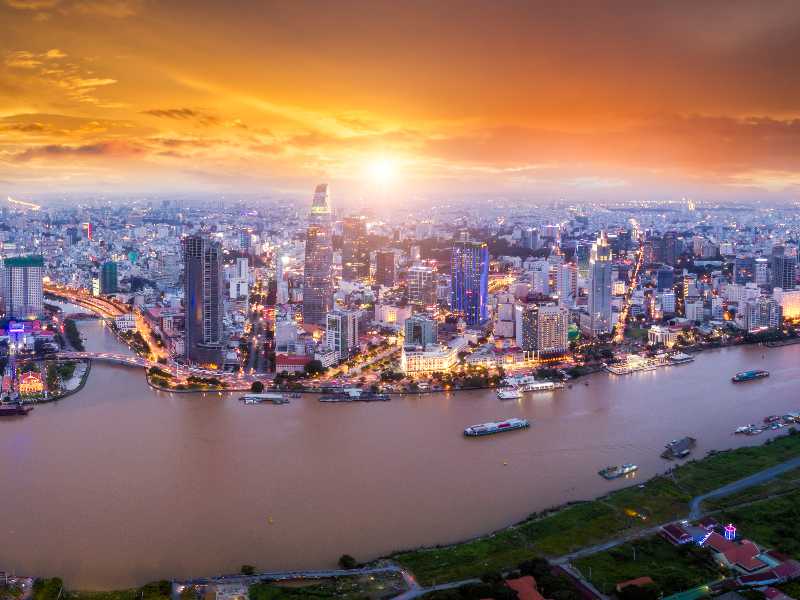
Net zero by mid-century is technically and commercially feasible with a clear roadmap for decarbonisation in Southeast Asia, Wärtsilä states in a new study.
While each country has different geographies, socio-economic dynamics and power systems, net zero is feasible for each of them, the global technology group reports in Rethinking energy in Southeast Asia.
To illustrate the potential, Wärtsilä models three major Southeast Asian power systems with net zero technologies including renewables, short duration energy storage, fast starting grid balancing power plants and sustainable fuels such as hydrogen.
These are Vietnam, the island of Sulawesi in Indonesia and the island of Luzon in the Philippines.
Key findings, compared with ‘business as usual’ scenarios with no restrictions on emissions, are as follows:
● Vietnam’s net zero power system costs 20% less by 2050 than business as usual. This would avoid nearly US$28 billion per year in forecasted carbon taxes.
● A net zero system in Luzon, the Philippines costs 23% less by 2040 than business as usual. This would avoid over US$6 billion per year in forecasted carbon taxes.
● A net zero system in Sulawesi, Indonesia costs 23% less by 2060 than business as usual. This would avoid over US$1 billion per year in forecasted carbon taxes.
The study also highlights the key role of flexibility in the form of energy storage and balancing engines to enable a high penetration of renewables.
For example, Vietnam model scenarios indicate the need for 7GW of balancing capacity by 2030, increasing to 87GW for net zero by 2050.
For Luzon’s grid to reach the Philippines’ national target of 50% renewables by 2040 and net zero emissions by 2050, 7.3GW of flexible capacity is needed by 2030.
For Sulawesi to align with Indonesia’s 2060 net zero target, 14.1GW of balancing capacity is needed by that date.
“Our study is very clear: the opportunity of a generation is now in reach for Southeast Asia’s energy leaders. By creating renewable and scalable power systems the region can sustain future growth, jobs, and prosper in this new normal of fossil fuel volatility and emission constraints,” comments Sushil Purohit, President of Wärtsilä Energy and Executive Vice President, Wärtsilä Corporation.
“Critically, the shift from fossil fuels to renewable-based systems can drive major cost savings, which would attract the outside investment Southeast Asian needs for its net zero transition.”
Steps to decarbonisation in Southeast Asia and net zero
The Rethinking Energy in Southeast Asia report points out that while the steps to net zero will differ between countries, there are several key steps needed, starting with a rapid increase in renewable energy capacity.
This will need to be supplemented with energy storage and balancing engines to provide flexibility to manage the intermittency of the renewables.
Inflexible fossil fuel power plants, such as coal and combined cycle gas turbine generation should then be phased out or the small amount remaining should be retrofitted with carbon capture and storage.
Finally, sustainable fuels produced from renewable energy, such as hydrogen, should be added to the mix to decarbonise balancing engines and support other sectors to decarbonise.